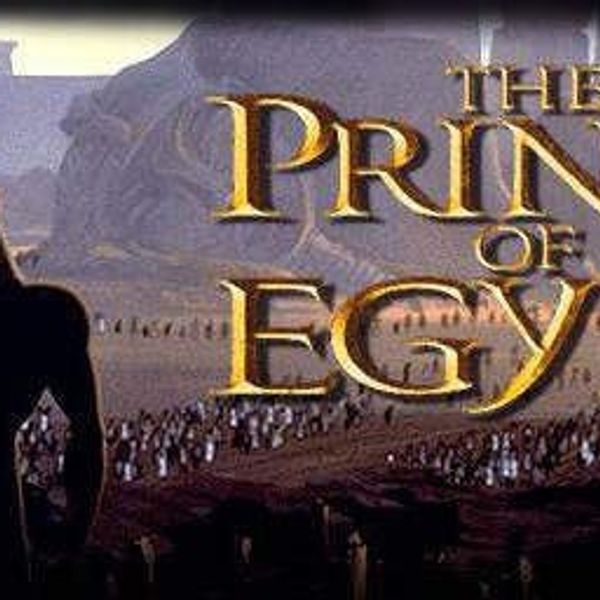As a true conquerer, Alexander the Great took over the title of king in the summer of 336 BC. He engulfed Europe- eliminating rivals, adding cities and states to his rapidly growing empire, and leaving a legacy that would be heavily remembered for future generations. Included in his conquests was one of the world’s first nation states, Egypt. Combined with a fascinating history and an abundance of evocative artworks, Egypt added a large amount of clout to Alexander’s already impressive empire.
Egypt’s rich heritage and cultural pride maintained strong throughout Alexander’s reign and during the Ptolemaic dynasty; however, upon the arrival of Alexander and the wealth of his empire, the Egyptian culture began to incorporate Greek attributes into their artworks by portraying vain interpretations of themselves and a new desire to personally immortalize individuals outside of the traditional wall reliefs and funerary artifacts dedicated to the dead. The sudden change to Egyptian art, which had relatively remained similar since the beginning of their history, dealt with the personal attributes of their newly acquired ruler, Alexander the Great.
Ancient Egypt maintained a strong respect for ancient rituals and Egyptian culture, which allowed them to make artworks in honor of their heritage. The artworks created during the ancient periods were generalizations of temple rituals and religious tools that do not provide specifically recognizable representations of human figures. In fact, artwork created in ancient Egypt was not for aesthetic reasons, but to act as representations in the attempt to maintain order in the universe. Portrayals of people in ancient Egypt were believed to be a permanent abode for the spirit of that individual and guaranteed his or her eternal life after death. This form of representation captured a personality and ritual as opposed to an exact replica of a person. Ancient Egypt did not consider their artworks as actual art, but more of an assembly line production. Creativity was completely unheard of to the Egyptians because all of the artwork was created by teams of artists and dictated based on quality as opposed to imagination. Upon the agreement of an approved style, repetition of the same proportions, gestures, and subjects continued to be produced for thousands of years. Ancient Egypt created artwork based on utilitarian purposes and left no regard for the viewer’s enjoyment or admiration. The tomb of Kheti provides a view of how tomb walls could be full of relief sculptures and paintings. There is little to no imagination from the artists, but very structured artworks revolving around the necessary teachings for the afterlife.
Liberated from a three hundred year Persian rule, the Egyptian culture adopted Alexander the Great as pharaoh and the new Horus around 332 BC. He developed a new city, Alexandria, that became the most important center of the Hellenistic civilization due to its scholarship, libraries, and lighthouse. Alexandria incorporated aspects of the Egyptian culture and combined them with aspects of the Greek culture brought along with Alexander. This combination is what created new aesthetics and discoveries.
Ancient and Hellenistic Egypt were remarkably similar aside from the development of creativity. The overall structure of artworks remained stiff, but the difference that developed during the Hellenistic period is that the artworks became slightly more realistic and touches of Greek attributes were added. As opposed to the assembly line function of ancient Egypt, the development of realism and Greek attributes created an idea that the Egyptians were no longer considering art to be solely informational for rituals and directions for their culture; instead, the artworks were no longer cookie cutter molds, but held the ability to allow the artist creative rights to produce something with unique characteristics and the ability to represent an individual instead of cultural rituals.
A Ptolemaic pharaoh head, created out of gabbro rock around 200 BCE is a representation of an Egyptian pharaoh, but it maintains both attributions found in Greek and Egyptian artworks. The nemes, headdress, is a common Egyptian feature found in many portraits of royalty; however, it also maintains Greek stylistic characteristics such as the realistic and soft facial features and the visible portrayal of curly hair on the subject’s forehead.
Another Hellenistic artifact, a copper alloy Eros, shows similar combined attributes of both Greece and Egypt. The body of the Eros is portrayed in a relaxed and graceful pose, visibly showing the classical influence of Grecian style through the pose, aesthetics, subject matter, and techne; the detail of leaves and grapes around the sculpture’s crown are associated with the god Dionysus. Similar to the previous example of the Greco-Egyptian pharaoh, all attributes of the sculpture are reminiscent of the Greek culture aside from the adorned headpiece, which in this case is the pschent crown.
Even after the time of Alexander the Great, the influence he had on the Egyptian culture remained strong. The sculpture of a Ptolemaic Queen, possibly Cleopatra VII, portrays both characteristics of a Greco-Egyptian pharaoh. The body language is reminiscent of Egyptian style, but the hair showing under her head piece is curly and similar to Greek representations. The new aspect of Greek influence is the dress the Ptolemaic Queen is portrayed wearing because it provides a subtle sense of drapery. Pre-Ptolemaic period, the clothing of the pharaohs were all very similar and stiff, and if a woman were shown in a dress, it did not include the folds and curves portrayed in the Ptolemaic Queen’s statue, similar to those found in Greek sculptures such as Venus de Milo.
The influence Alexander had on Egypt can be found in a large amount of artwork discovered and dating back to the Ptolemaic period in Egypt. The Ptolemaic pharaoh head is a product of Alexander’s Egypt due to the curly hair located at the top of the pharaoh’s forehead. Combined with the headdress of a leader, the combination of not only Alexander’s physical portrayal, but also his personality is evident. By combining a figure of power with the physical attributes of Alexander, the Ptolemaic pharaoh is presenting himself as a clear source of power, reminiscent of gods and heroes, which is precisely how Alexander asked Lysippos, his sculptor, to portray him.
Upon the arrival of Alexander the Great, along with his immense wealth and vastly growing empire, the Egyptian culture adopted Alexander as their new pharaoh and the mecca of the Hellenistic period, Alexandria, was born. With the birth of Alexandria, vainly focused Greek attributes became visible in the newly created Egyptian artworks and the purpose behind the creation of art was altered to take on a new purpose. The changes strongly coincide with Alexander’s conquest of Egypt, which make it easy to believe Alexander was the main spark behind the appropriation of Hellenistic attributes within Egyptian artworks.
The implications discovered behind the comparison of ancient Greek and Egyptian portraits to portraits of the Hellenistic period tend to revolve around the conquests and rulings of Alexander. By pronouncing Alexander as pharaoh, the Egyptian culture began to develop new stylistic renderings of their timeless and well-known artworks. The physical and emotional attributes brought in by Alexander began to show in the majority of the Egypt’s Hellenistic artworks created during the Ptolemaic period. The rulers began to follow Alexander’s example by portraying themselves in similar representations that were used to portray gods and heroes, along with the physical attributes of Alexander.




















